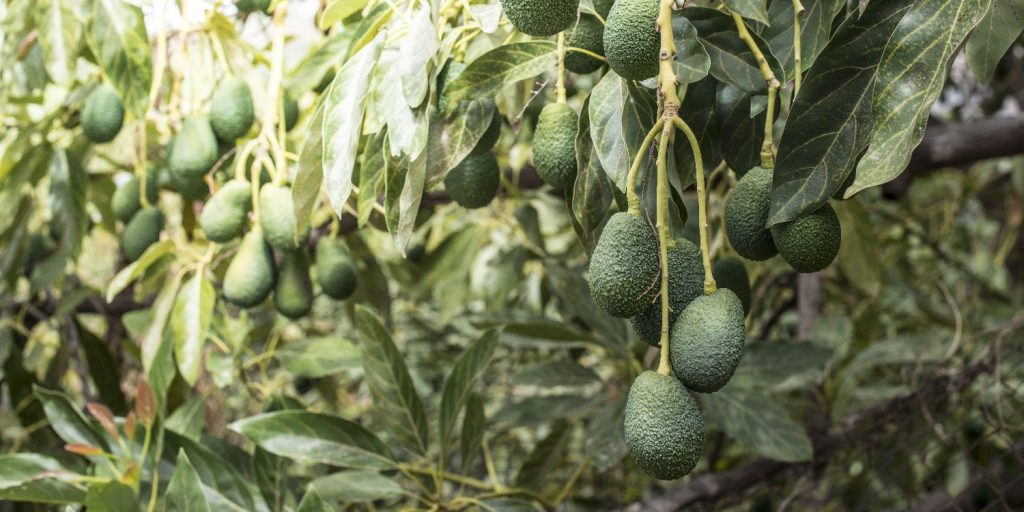Avocado farming is the practice of cultivating avocado trees for the purposes of producing avocados, which are a popular fruit known for their nutritional value and versatility in various culinary applications. Avocado farming can be done on a small scale in backyard gardens or on a larger scale in commercial orchards. Here are some key points to consider when it comes to avocado farming:
Climate: Avocado trees thrive in warm to hot climates with minimal temperature fluctuations. They are sensitive to frost and require temperatures above freezing. Ideal temperature ranges vary depending on the avocado variety, but generally, they prefer average temperatures between 60°F (15°C) and 85°F (30°C).
Soil and site selection: Avocado trees prefer well-drained soils with a pH level of 6 to 7.5. They are intolerant of waterlogged conditions. Prior to planting, soil should be tested to ensure it is suitable for avocado cultivation. The site should have good air circulation and protection from strong winds, as high winds can damage the trees and reduce fruit production.
Variety selection: There are various avocado varieties, each with its own characteristics such as fruit size, taste, and tree size. It is essential to choose varieties that are well-suited to your climate, as some varieties are more cold-tolerant than others. Consult with local agricultural extension services or nurseries to determine the best avocado varieties for your region.
Planting: Avocado trees can be propagated from seeds, but for commercial production, grafting or budding onto rootstocks is the preferred method. Grafted trees produce fruit faster and exhibit consistent characteristics. Planting is typically done during the spring season when the soil has warmed up. Proper spacing between trees is crucial to allow for adequate light penetration and airflow.
Care and maintenance: Avocado trees require regular watering, especially during the first few years of growth. However, overwatering can be detrimental, so it is important to maintain a balance. Fertilizer application should be done according to soil test recommendations. Pruning is essential to shape the tree, promote airflow, and remove dead or diseased branches. Mulching around the base of the tree helps conserve moisture and suppress weeds.
Pest and disease management: Avocado trees are susceptible to various pests and diseases, including root rot, phytophthora, spider mites, and avocado lace bug, among others. Regular monitoring and implementing integrated pest management practices are crucial for early detection and control. Consult with local agricultural authorities or experts for specific pest and disease management strategies in your area.
Harvesting: The time to harvest avocados varies depending on the avocado variety and growing region. Avocados are typically harvested when they reach maturity, but are still firm. They do not ripen on the tree. Once harvested, avocados can be stored at room temperature until they ripen.
It is crucial to note that avocado farming requires long-term commitment and patience, as avocado trees can take several years to reach full production. Consulting with local agricultural experts and experienced farmers in your region can provide valuable insights and guidance specific to your location and circumstances.

